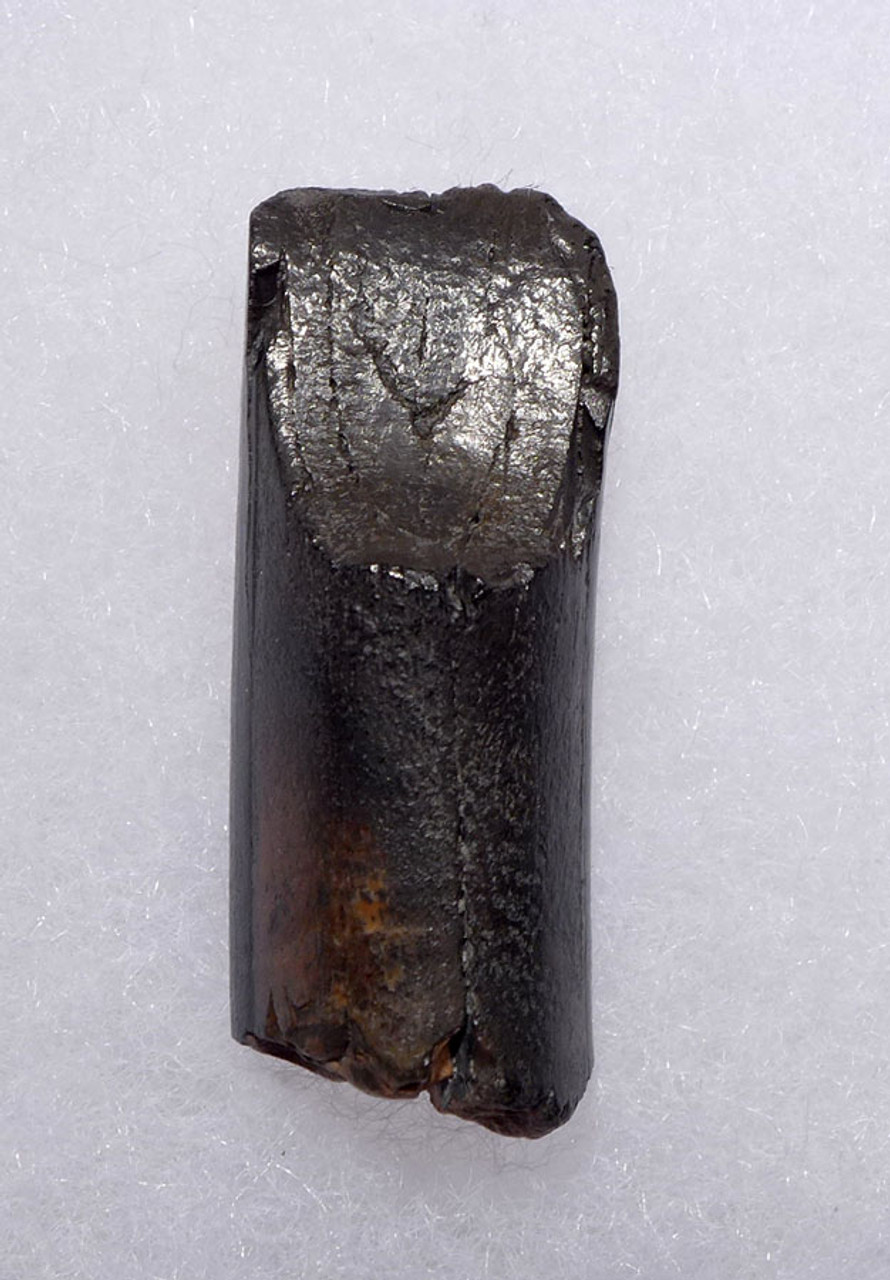Product Description
The variety and types of animals that once thrived in North America during the prehistoric ages is nothing short of spectacular and practically unbelievable. Neochoerus pinckneyi is an example of some of the mega-fauna that lived during this period. Fossils from this strange extinct beast are uncommon and rarely seen in private collections.
This is a incisor tusk of Giant Extinct Capybara Neochoerus pinckneyi. It was found in the famous Leisey Shell Pit deposit in Florida. This is a partial incisor tusk end from the lower jaw, and would have been the part that protrudes out from the mandible. The luster is natural because of the superb preservation. Spots of gold can be seen in the beautiful black enamel.
Neochoerus pinckneyi, also known as the Giant Capybara or Pinckney's Capybara, resembled a giant long-legged Guinea pig the size of a large hog. The Giant Capybara belongs to the Rodentia order, Hydrochoeridae. Among the largest rodents that ever walked the earth, this animal lived and died out during the Pleistocene Period in North America. A smaller version survives today in South America. The smaller capybaras of South America are the largest living rodents in the world today.
The extinct Giant Capybara was a semi-aquatic rodent that lived near water throughout southern North America as far as present-day South Carolina. It was an herbivore and spent most of its time grazing on plants in or near springs, ponds and streams. Weighing in at 200 pounds, these beasts grew to the size of a modern hog.
 US DOLLAR
US DOLLAR
 EURO
EURO
 AUSTRALIAN DOLLAR
AUSTRALIAN DOLLAR
 CANADIAN DOLLAR
CANADIAN DOLLAR
 POUND STERLING
POUND STERLING














